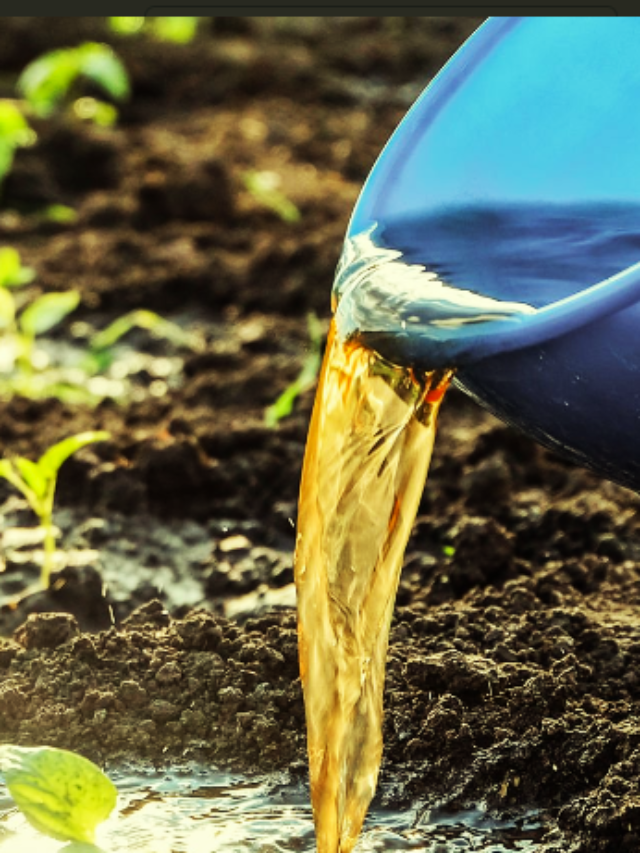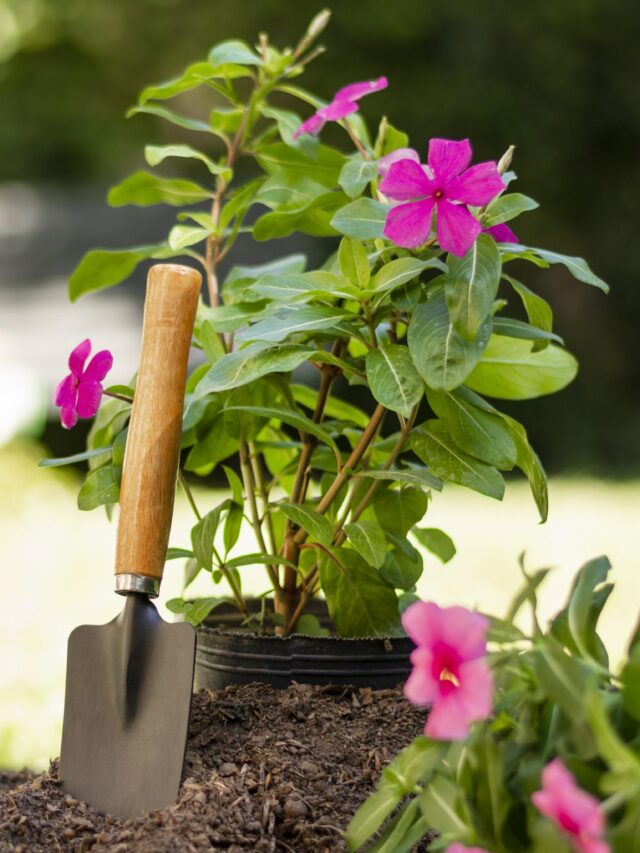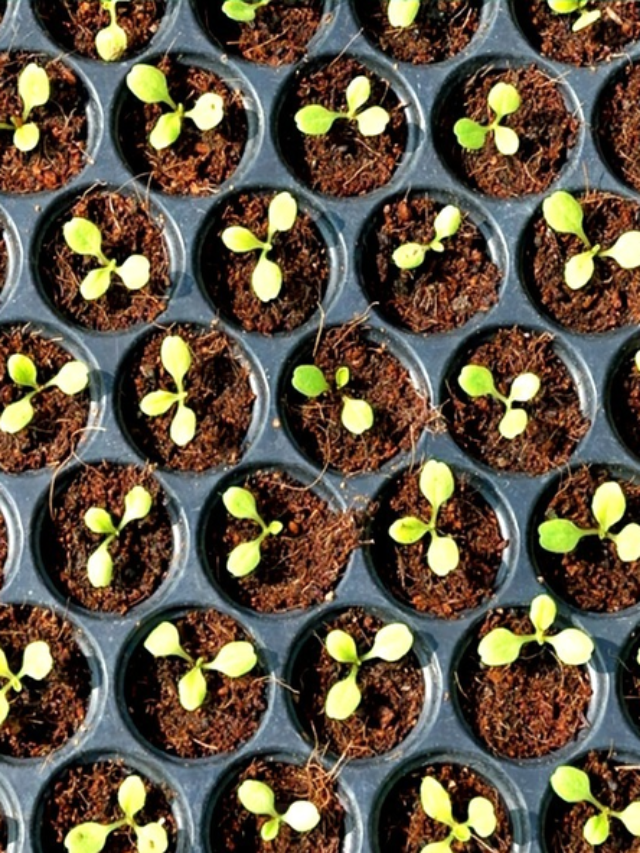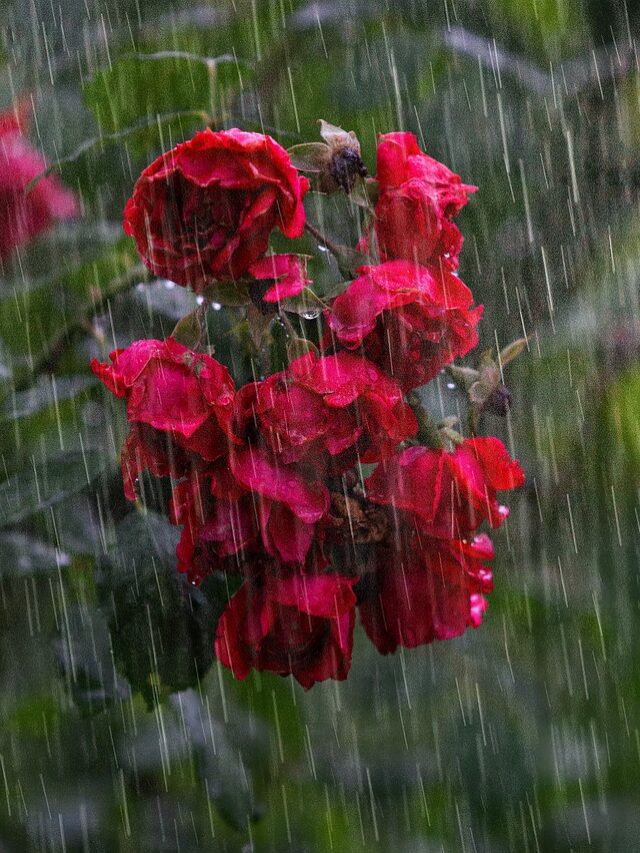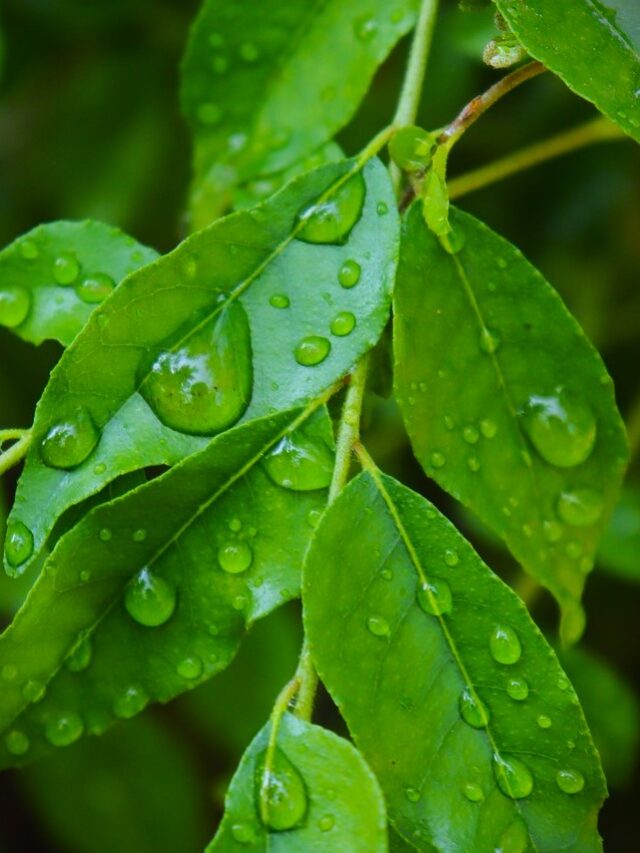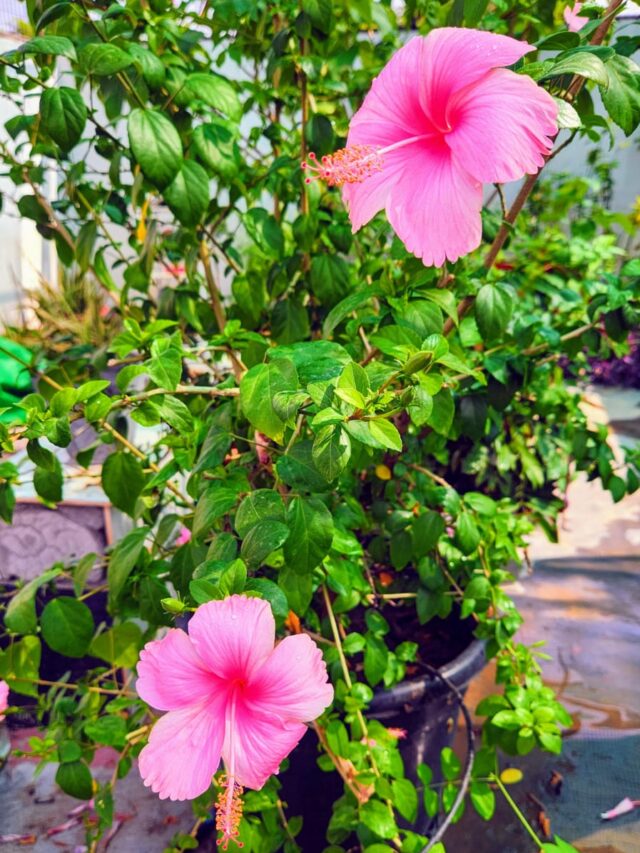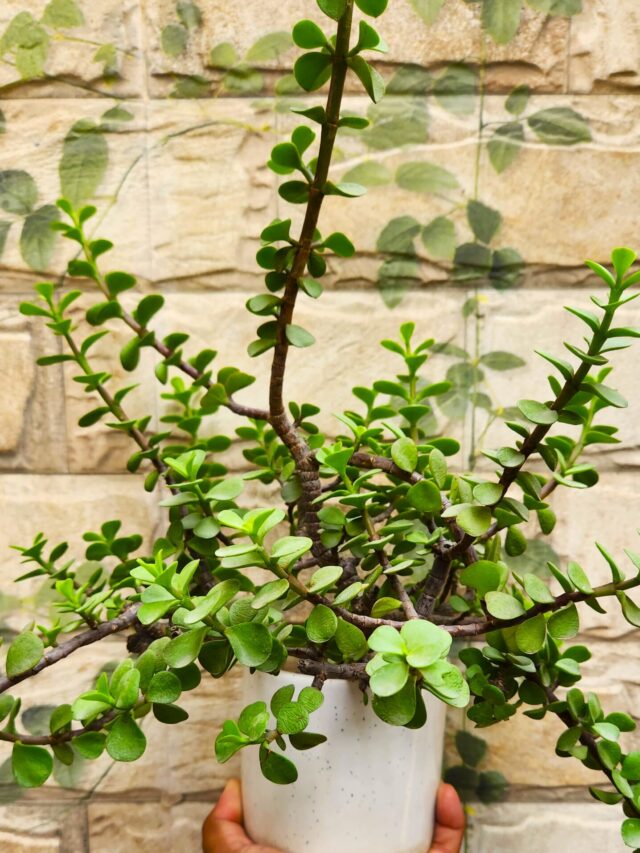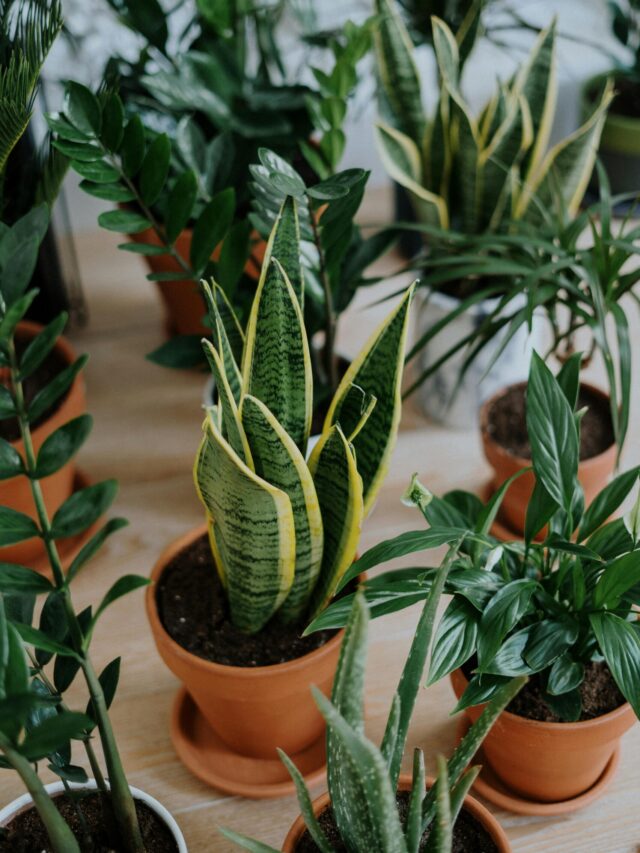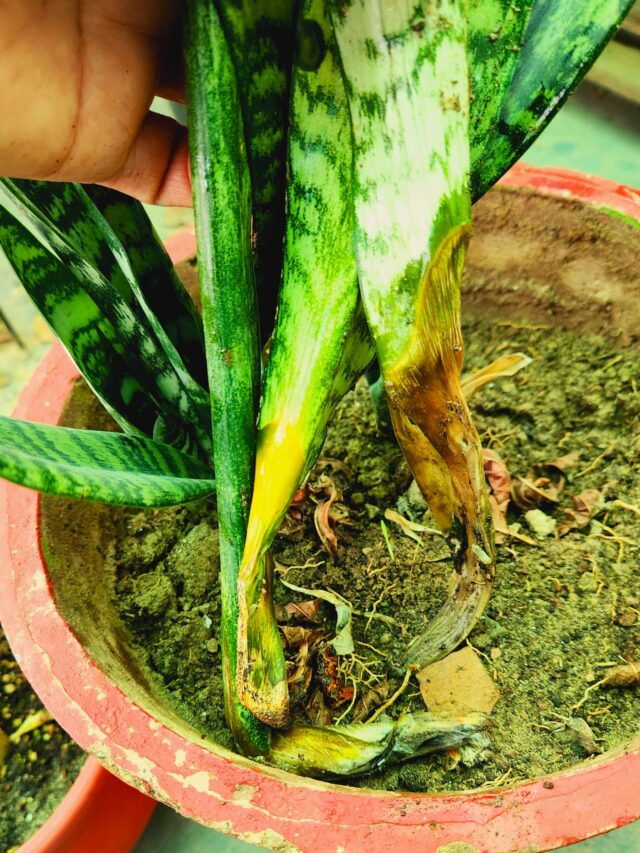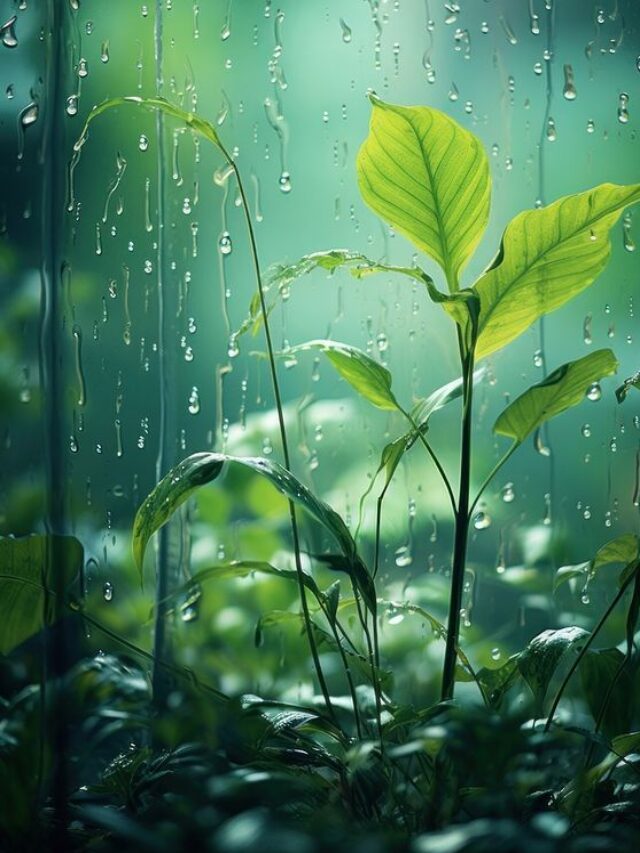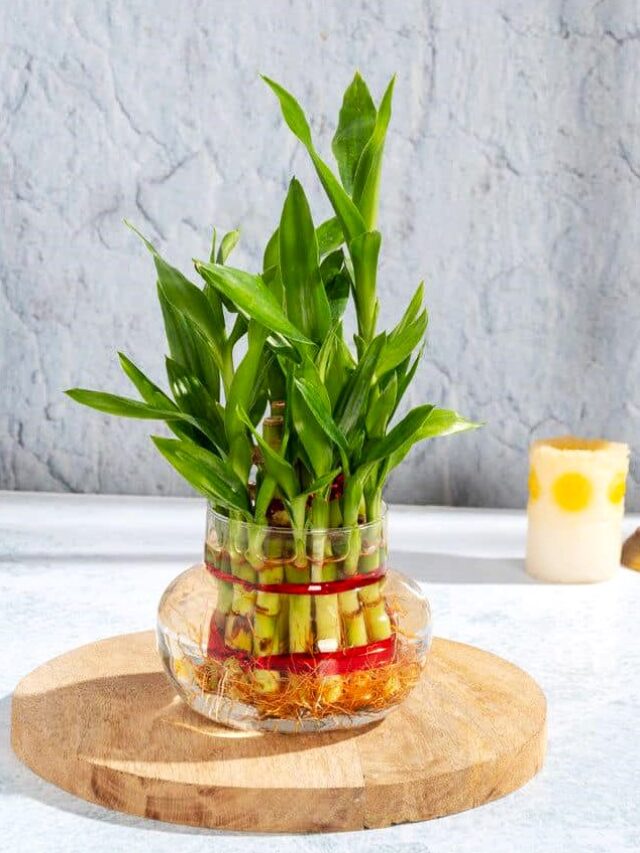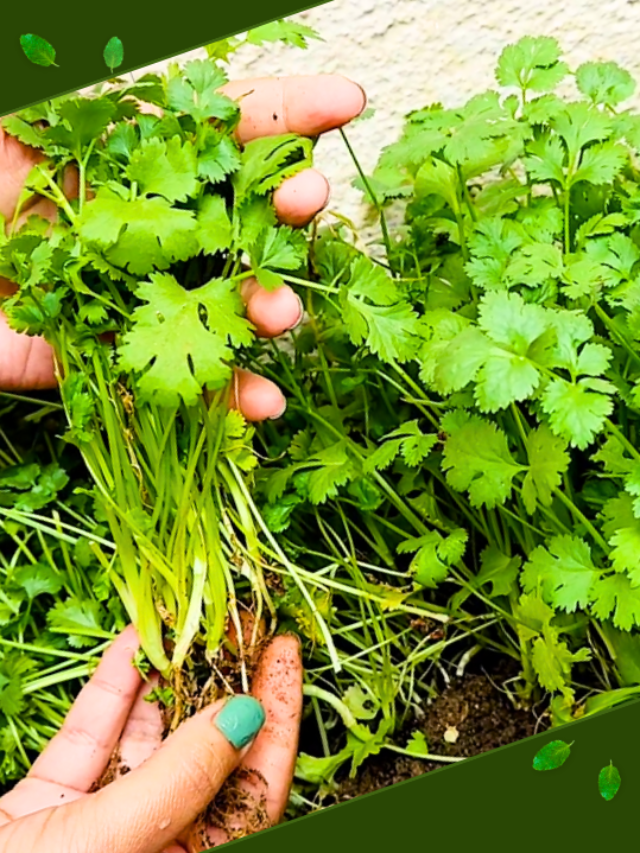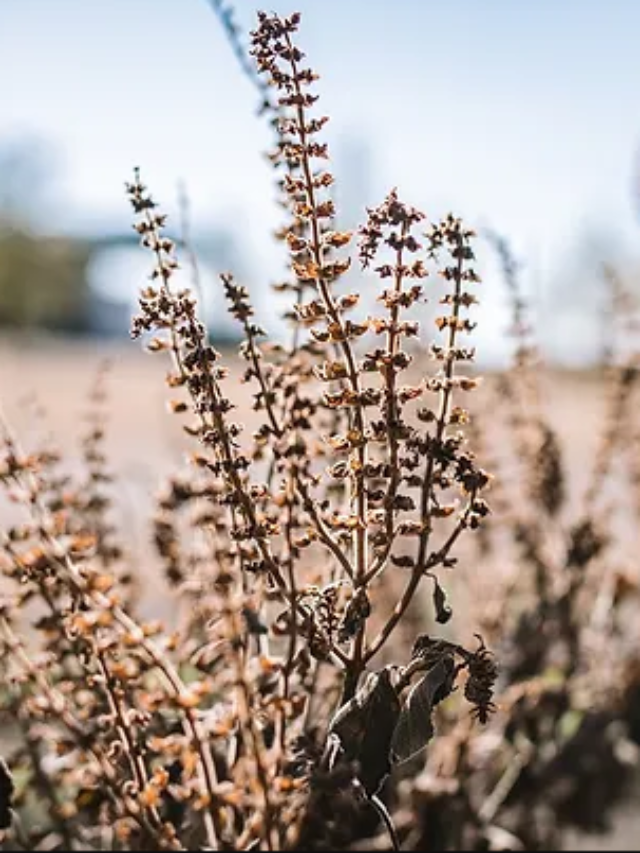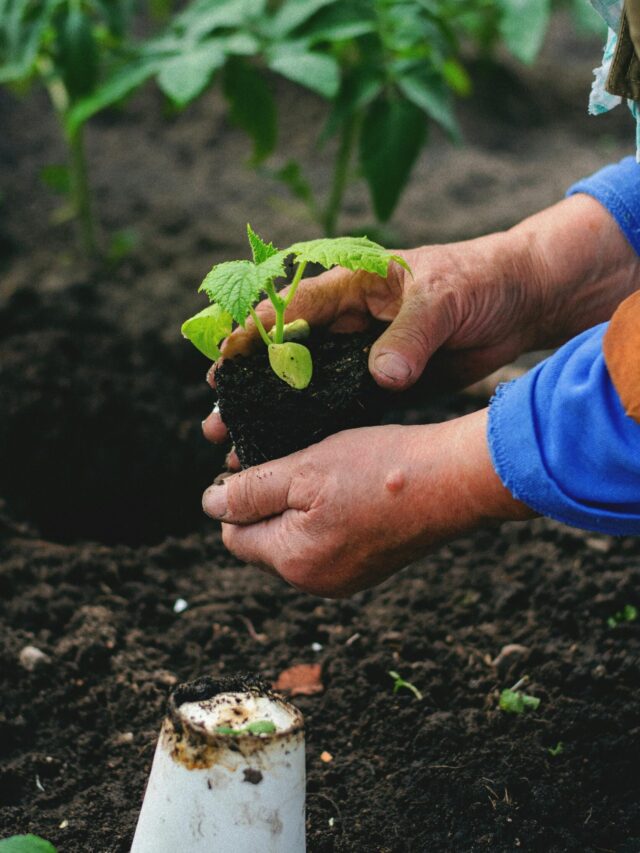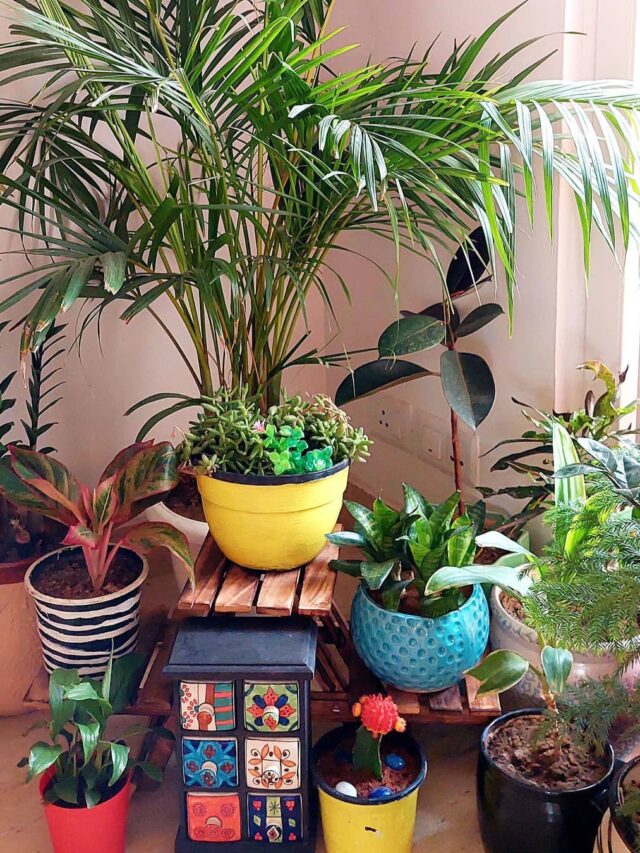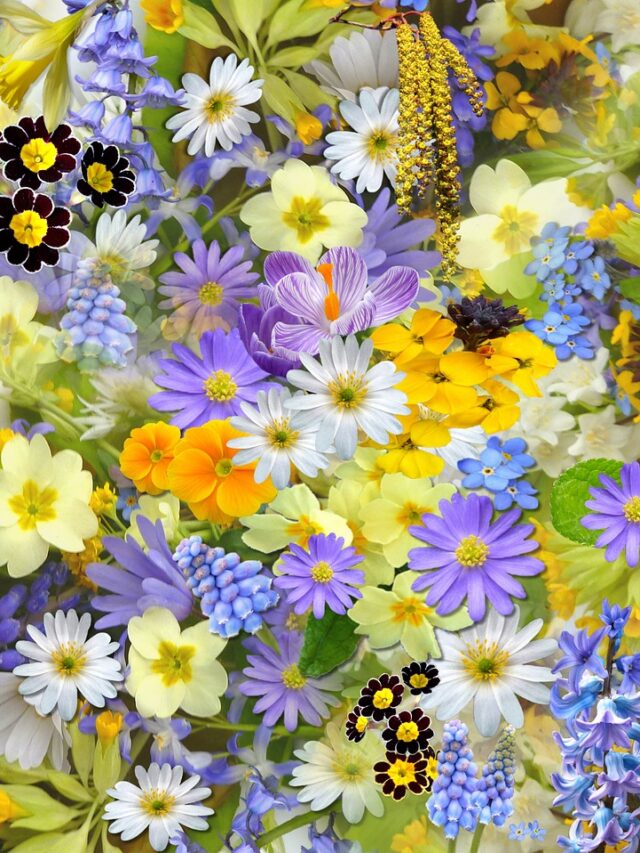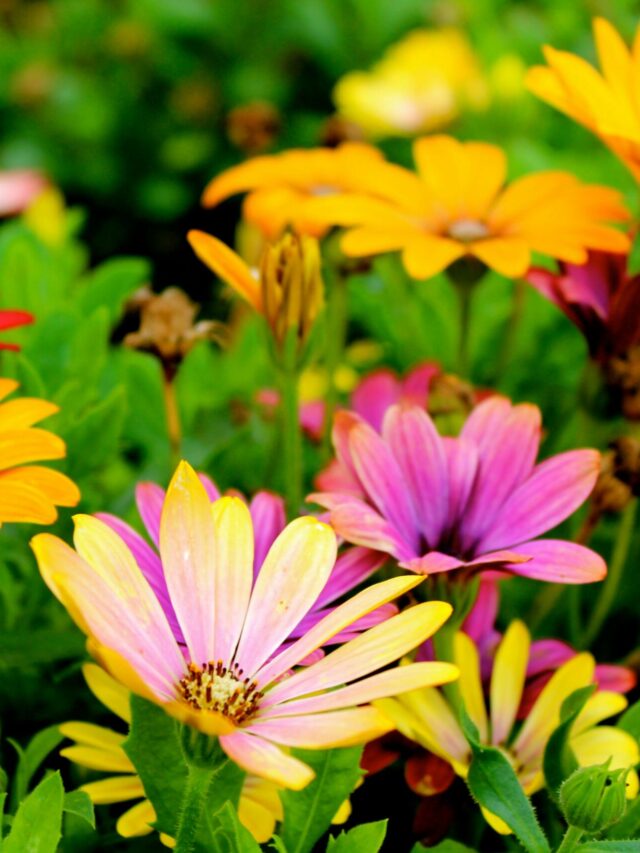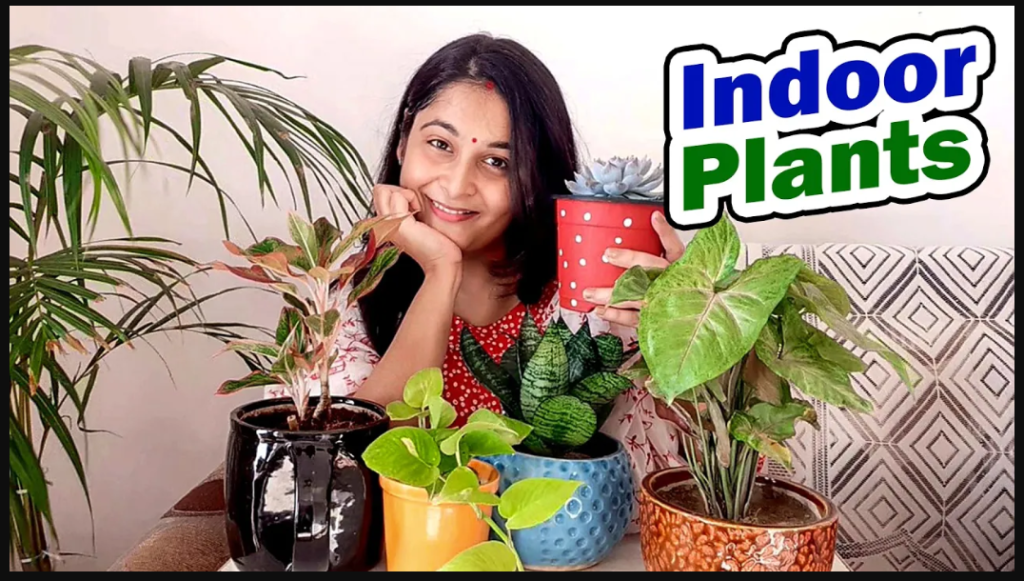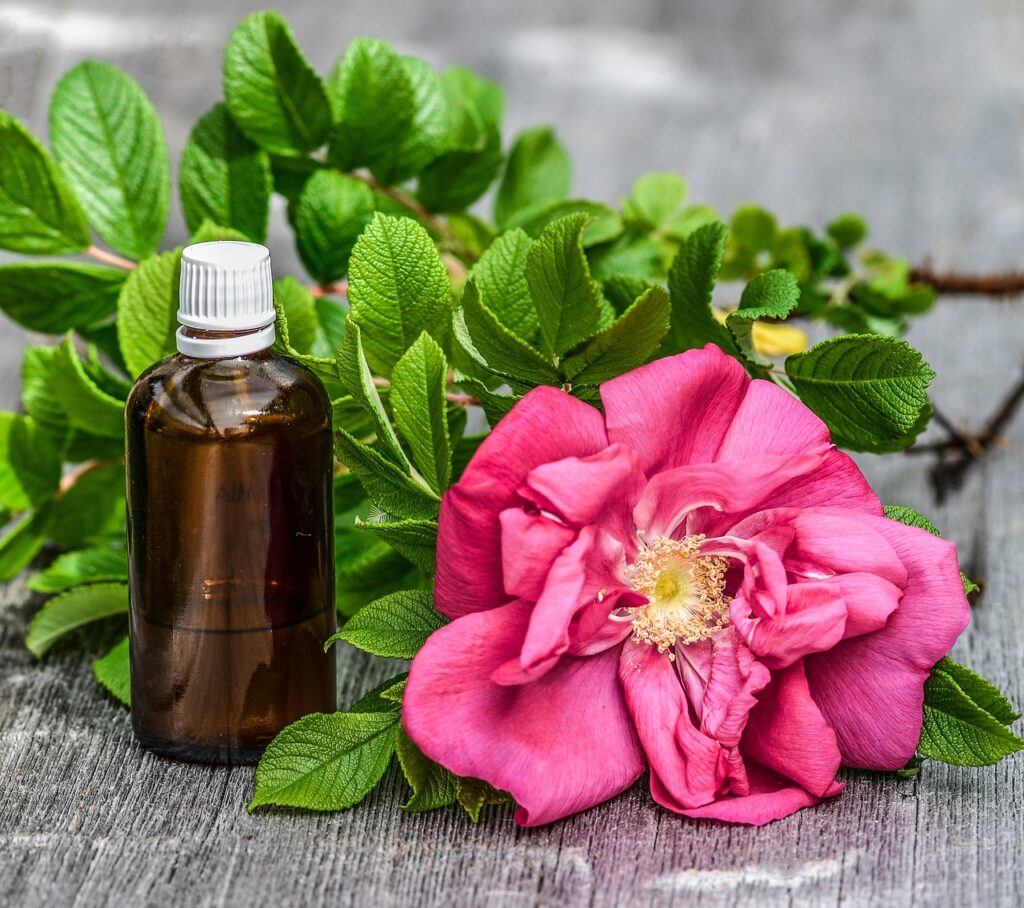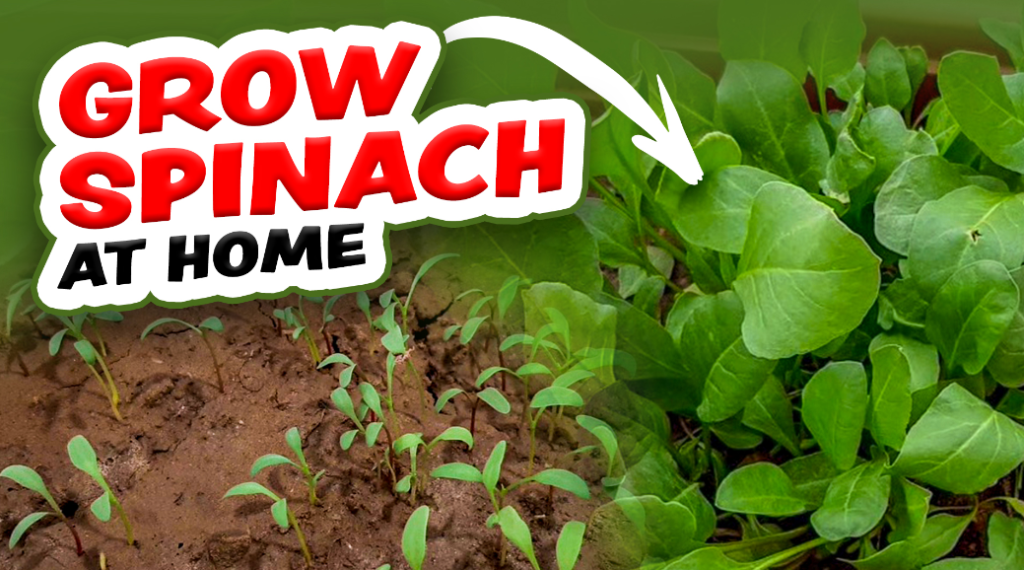In your garden, insects are more than just tiny creatures. While gardening, we often come across insects on plant leaves or in the soil. It is crucial to distinguish between the helpful and harmful ones because killing beneficial insects can result in losses for both us and our garden.

Some insects help by pollinating plants and keeping pests away, while others can harm our plants. It’s crucial to know which insects are helpful and which ones are harmful to have a healthy garden.
In this article, we will explore the importance of insects in your garden and help you distinguish between the good and insects.
We will talk about,
good insects for your garden
- Ladybugs,
- Butterflies,
- Dragonflies
- Bees and
- Praying mantis
bad insects for your garden
- Aphids,
- Whiteflies,
- Mealybugs,
- Caterpillars,
- Cutworms and
- Spider mites.
Role of insects in our garden
Your garden is a microcosm of the natural world, and insects are the unsung heroes of this intricate ecosystem. Here are some key reasons why insects are of utmost importance in your garden:
1. Pollination Partners: Bees, butterflies, and other pollinators help your plants produce fruits and seeds.
- Without them, your garden would struggle to yield the bountiful harvest you desire.
2. Natural Pest Control: Predatory insects like ladybugs and lacewings serve as nature’s pest control squad, keeping harmful insects like aphids and caterpillars in check without the need for chemical pesticides.
3. Soil Enrichment: Insects like earthworms aerate and enrich the soil as they burrow, promoting better root growth and nutrient absorption for your plants.
4. Decomposers: Insects like beetles and ants assist in breaking down organic matter, which is essential for recycling nutrients and maintaining healthy soil.
Distinguishing between Good and Bad insects
Not all insects are created equal when it comes to your garden. Learning to identify the beneficial insects from the harmful ones can make a world of difference in your gardening success. Here’s a quick overview:
Good insects – Nature’s Unsung Heroes:

1. Ladybugs:
- Ladybugs, with their charming spots and vibrant colours, are nature’s garden warriors. These pint-sized predators feast on aphids, scale insects, and other sap-sucking pests that can wreak havoc on plants.
- A single ladybug can devour hundreds of aphids within a day, making them a valuable ally in keeping your garden pest-free.
2. Butterflies:

- Beyond their mesmerizing beauty, butterflies are essential pollinators. As they flit from flower to flower, they transfer pollen, aiding in the reproduction of plants.
- By attracting butterflies to your garden with nectar-rich blooms, you contribute to the growth and diversity of your plant population.
3. Dragonflies:

- Dragonflies have a captivating flight and are voracious predators, feeding on mosquitoes, flies, and other small insects.
- Having a thriving population of dragonflies in your garden helps keep pesky flying insects in check, making outdoor activities more enjoyable.
4. Bees:
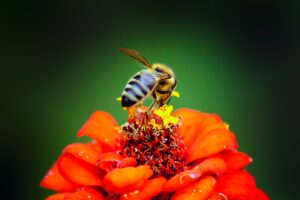
- Bees are renowned pollinators, ensuring the reproduction of many plant species. They diligently collect nectar and pollen while visiting flowers, facilitating the transfer of pollen between blooms.
- A garden frequented by bees yields better fruit production and supports biodiversity.
5. Praying Mantis
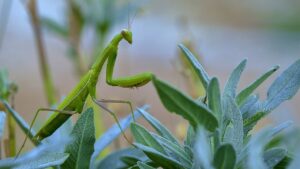
- Praying Mantis are formidable predators that feed on a range of garden pests. They have excellent camouflage and patiently wait for their prey to approach. These fascinating insects are beneficial for pest control and add a touch of intrigue to your garden.
Bad insects: Notorious Pests:
1. Aphids:

- Aphids, tiny but troublesome, multiply quickly and suck sap from plants, leading to stunted growth and distorted leaves.
- They can also transmit plant viruses. Their rapid reproduction can result in severe infestations if left unchecked.
2. Whiteflies:

- Whiteflies, resembling tiny moths, congregate on the undersides of leaves, sucking out plant juices and excreting sticky honeydew.
- These can lead to leaf yellowing, reduced plant vigor, and the growth of sooty mold.
3. Mealybugs:

- Mealybugs are harmful to a wide range of plants by extracting sap from them, potentially leading to plant weakness, damage, or inhibited growth.
4. Caterpillars:

- Caterpillars, the larvae of butterflies and moths, can defoliate plants by consuming leaves, buds, and fruits.
- Some caterpillars are known to devour entire plants in a matter of days, causing significant damage.
5. Cutworms:

- Cutworms are sneaky pests that cut through young plant stems, causing seedlings to plummet. They are most active at night and can decimate rows of young plants.
6. Spider Mites:
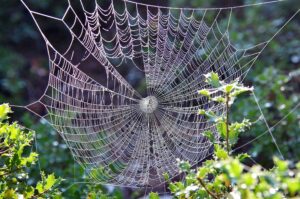
- Spider mites grow in hot and dry conditions. They pierce plant cells to feed on sap, causing stippling, leaf discoloration, and overall weakening of plants.
Conclusion:
To keep your garden in good health, it is essential to educate yourself and become skilled at identifying common “problem insects.” Make a habit of regularly checking your garden for problems. The sooner you identify a pest, the easier it will be to deal with it using environmentally friendly methods.
Maintain a garden free of insects!
Happy gardening!
